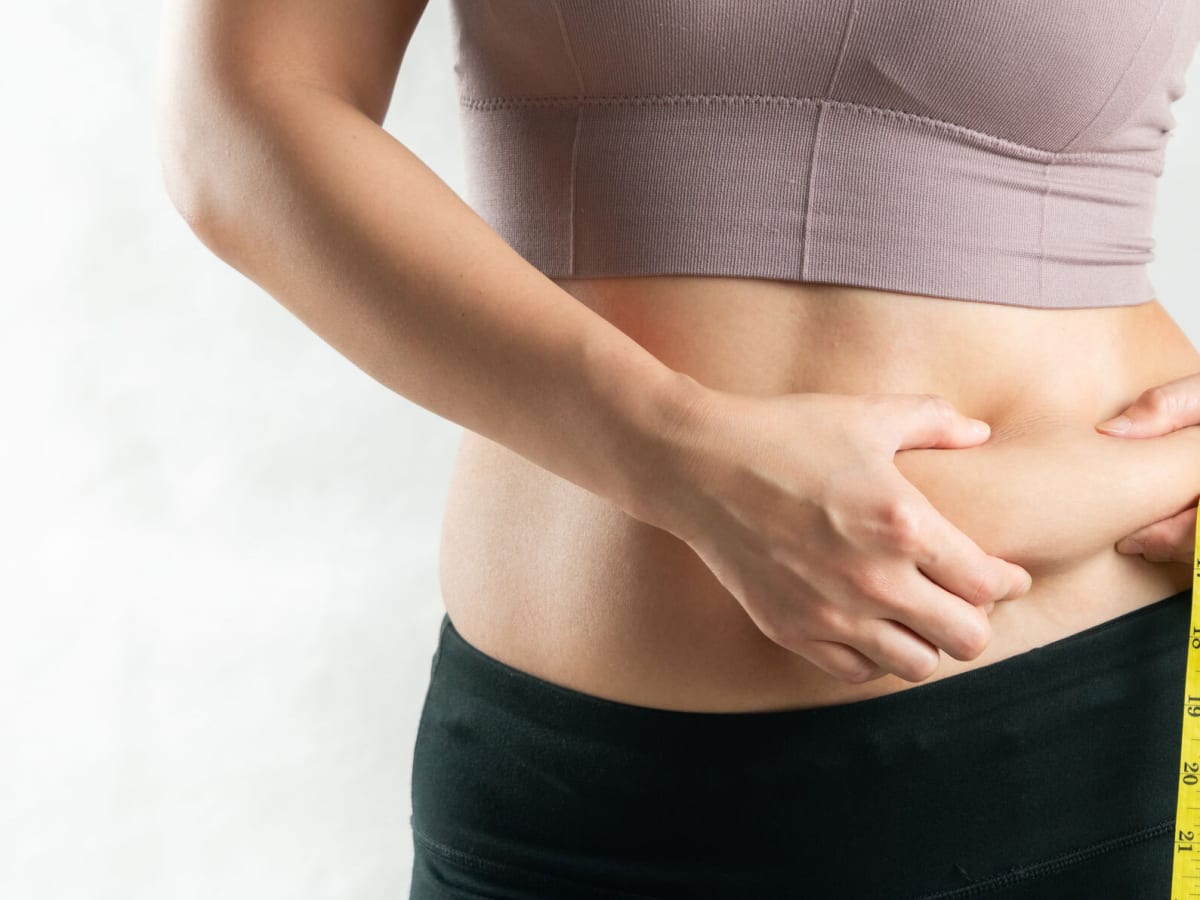Why do we get fat in one part of the body?
This is influenced by many factors, including food.
How we get fat is influenced by many factors – heredity, gender, genetics, hormonal levels, lifestyle, nationality and much more, including certain foods.
Therefore, in one person, first of all, the stomach grows, while in the other, most of the “weight” falls on the legs. We tell how certain products affect the problem areas of the figure.
Belly and ridges on the sides
The belly in men and women often grows for various reasons. The representatives of the stronger sex should be careful with fatty, smoked, salty foods, as well as with beer.
Everyone’s favorite fried potato is extremely dangerous for the male waist – when cooked, it absorbs a lot of fat and turns out to be very high in calories.
In men, the belly usually grows evenly in both the upper and lower parts (in women, as a rule, the main volume falls on the lower part).
Moreover, not only subcutaneous fat is deposited, but also visceral fat, which is located between the internal organs. Therefore, from a health point of view, a fat belly is more dangerous for men than for women.
Women’s tummies grow more from white bread, buns, cakes, sausages and everything sweet.
Moreover, in weight gain, not only calorie content plays a role, but also banal bloating from yeast dough.
Also, rollers on the sides can appear with a high level of insulin in the blood, and excess fat on the abdomen – from hormonal disorders, for example, from excess cortisol or a lack of progesterone.

Thighs and buttocks
Too massive hips are the scourge of many women. In this part of the body, fat is most often deposited in lovers of cakes, chocolate and other sweets, as well as coffee and fried foods.
And parting with it is sometimes very difficult, because women lose weight from top to bottom – first the face, then the upper body and arms, then the stomach, and at the very end – the legs and buttocks.
Among men, this problem is not so common, and sugary carbonated drinks are the most common cause of fat legs.
Moreover, it is easier for them to get rid of thick thighs, because their adipose tissue has a different structure.
Arms
The average man has more muscle mass in his hands than the average woman, which is why full, shapeless hands stand out so clearly from the weaker sex.
In these places, fat is deposited in lovers of sweets, as well as fatty meat and dairy products. In addition, full hands can indicate an excess of insulin or a lack of testosterone (yes, the female body also produces male hormones).
Pleats on the back
To ugly folds on the back can lead to excessive passion for salty, smoked and spicy. Such food can cause hidden edema, which gradually changes the deeper layers of the skin, which is why wrinkles appear.
What to do
To achieve harmonious proportions, you need to balance your diet, that is, monitor the amount of carbohydrates, proteins and fats consumed.
Most often, the problem is that we lean on sugar and other fast carbohydrates and do not consume enough food rich in proteins and fiber.
To understand your diet, start a special diary and write down everything you eat there. After a week, you will be able to see the full picture of your diet – how many calories, proteins, fats and carbohydrates you are consuming – and find where the imbalance lies in the diet.
Based on this, it will be possible to create a healthy balanced menu. The main rule is to eat less sweets, more vegetables, grains and lean protein foods and lead a more active lifestyle.
However, proper nutrition and sports can not always help with being overweight. Perhaps your obesity is not just the result of overeating, but a sign of serious health problems. In this case, it is worth checking the hormonal background and consulting with a doctor.

Chew food thoroughly
The better you grind your lunch or dinner with your teeth, the less space it will take in your stomach. So, a full stomach will not cause a bloated stomach.
In addition, the longer you chew, the less you eat before the brain gives a signal: “I’m full.” This will allow you not to gain extra calories, which, you see, also affects the condition of the abdomen in the future.
